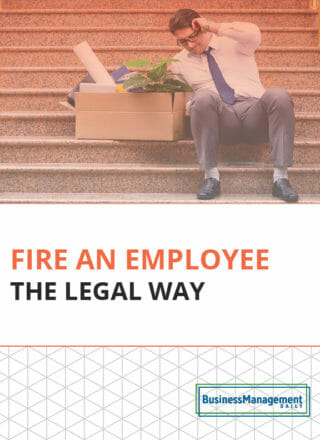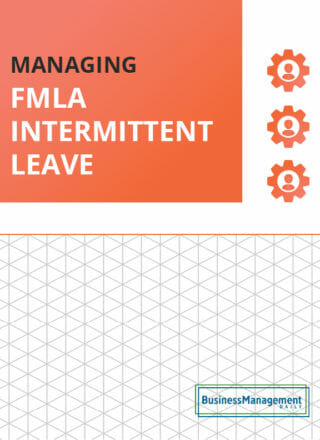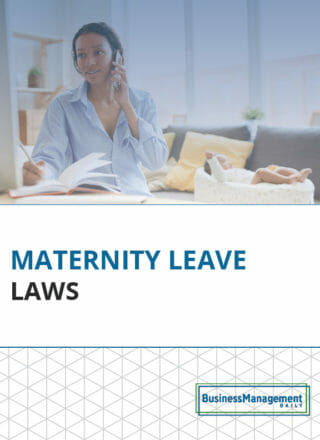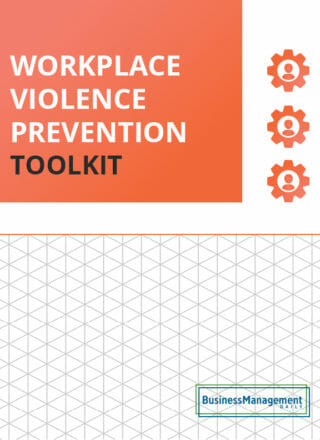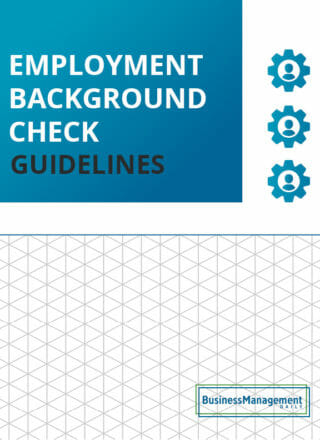Put Job Application Disclaimers In Plain Sight
A job application disclaimer isn’t worth the piece of paper it’s written on if it is not clearly written and conspicuously placed. Even a well-written disclaimer is worthless if its placement leaves any room for ambiguity. Learn from a lawsuit out of California based on the application form used by Starbucks for all store-level employees nationwide.
Location, Location, Location
The application included the question, “Have you been convicted of a crime in the last seven years?” The reverse side of the application form contained various disclaimers, including one for California applicants. The California disclaimer instructed applicants to omit any convictions for the possession of marijuana that were more than two years old.
Three applicants filed a class action lawsuit, claiming that the convictions question was illegal under California law, which prohibits employers from seeking information about marijuana-related convictions that are more than two years old. They also claimed that the disclaimer was inadequate.
The store argued that its employment application complied with California law because the disclaimer expressly instructed applicants not to disclose marijuana-related convictions. The appeals court had no issue with the language of the disclaimer; the disclaimer was inadequate because of its placement. Although the case hinged on California law, any employer can learn from the errors made with this application form.
Lesson #1: Position disclaimers in a clear, conspicuous, and logical place. The disclaimer on the Starbucks application appeared on the backside, at the end of a 346-word paragraph. The appeals court stated that it would have been reasonable for Starbucks to place the disclaimer immediately following the convictions question.
Lesson #2: Make the disclaimer stand out. The court also had an issue with the font size, which it guessed to be about eight points. Starbucks pointed out that the disclaimer was placed in boldface type, but the court countered that so were the Maryland and Massachusetts disclaimers that preceded it. The effect of bolding the California disclaimer was lost by surrounding it “in a veritable sea of boldface type.”
Lesson #3: Avoid using a one-size-fits-all application. The unintended consequence of using one application nationwide was a lack of clarity, which violated California law.
Despite the application’s ambiguity, however, the court dismissed the case, because the three applicants admitted that they had read the disclaimer and understood it. Also, none of them had any marijuana convictions, so they were not part of the group that the California statute was meant to protect. (Starbucks Corp. v. Superior Court of Orange County, CA Ct. App., No. G039700, 2008)

